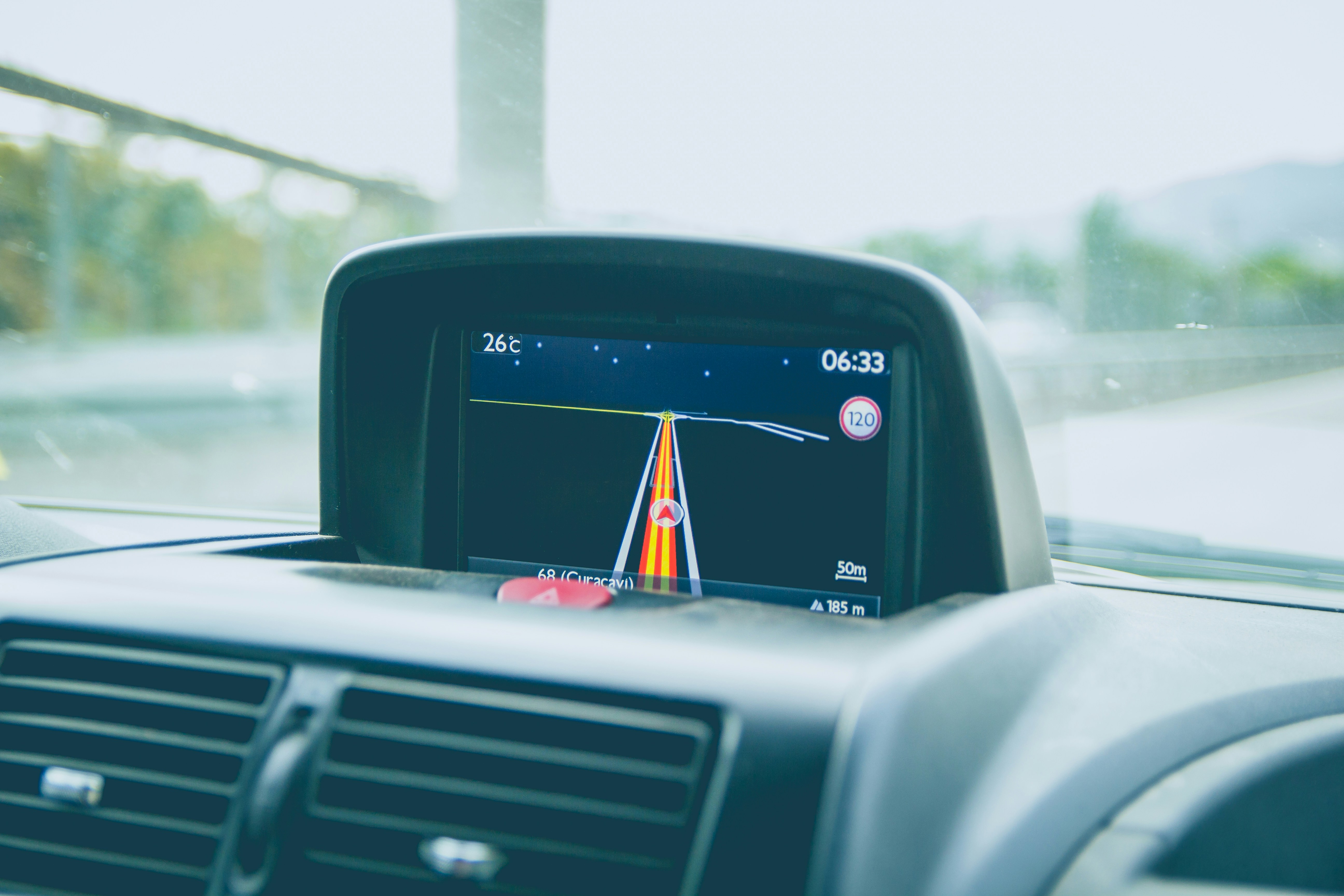The trucking industry is evolving to prioritize customer satisfaction and enhance safety like other sectors. To keep up with this trend, trucking companies must use technology to make their operations smoother.
Truckers play a central role in NYC’s freight network. The trucking industry here is responsible for moving about 365 million tons of cargo yearly, translating to 89% of goods being moved in the city. With the amount expected to grow by 68% within the next 20 years, trucks need to leverage the latest technologies to improve efficiency and safety.
Success in the trucking industry requires more than skilled drivers; it requires adequate preparation for any events on the road. The road can be unpredictable, ranging from poor weather to road conditions. Having the right tools can make all the difference in ensuring the driver and goods are safe and your business is reliable to your clients.
From GPS systems to fleet management software to predictive maintenance systems, here are the top essential tech tools that NYC truckers should use.
1. GPS Tracking Systems
Monitoring systems are now essential more than ever to trucking companies. GPS systems help NYC truckers run operations efficiently thanks to their advanced capabilities that allow real-time location monitoring. It helps ensure safety and timely delivery by advising drivers on time on the best routes with less traffic to avoid delays.
Advanced GPS tracking systems come with extra capabilities like geofencing, live updates on weather and traffic, driver alerts, driver behavior monitoring, fuel monitoring, etc. These features offer many benefits to truck owners, like keeping driver behavior under check, monitoring diversion to unauthorized routes, and deterring theft; they can help enhance safety and signal help in time.
2. Blockchain
Regarding transparency, safety, and efficiency, blockchain is leading the way. Blockchain is gaining massive users in the trucking industry because of its advanced way of handling data to enhance transparency. It has revolutionized datakeeping because of its decentralized nature, which means data can’t be easily tampered with. This helps prevent fraud, streamline documentation, and reduce common disputes that cause delays.
3. Electronic Logging Devices (ELDs)
Another tech that is shaping the trucking industry is ELDs. It impacts safety and transparency by automating the collection of driver records. So, instead of using the old system of paper logbooks, information is automatically collected, which leaves no room for drivers to falsify records in the logbook. By accurately tracking their driving hours and breaks, trucking companies can help improve safety and minimize HOS violations.
4. Advanced Driver-Assistance Systems (ADAS)
ADAS is a technology that helps drivers avoid accidents caused by their mistakes or fellow road users. It monitors the surroundings and alerts the driver whenever it detects issues like potential rear-end collisions. This allows drivers to maintain a safe distance and, in other situations, can even apply brakes automatically to stop crushes.
The system offers four solutions: braking, steering, warning, and monitoring. Automatic emergency braking (AEB) helps prevent collisions and maintain safe distances. Adaptive steering control helps drivers maintain their lane and avoid causing accidents.

Warnings help prevent drivers from encroaching vehicles and lane drifting that they might not know. For monitoring, the truck is equipped with cameras facing the road and the driver. This promotes driver training, gives drivers a good view, and helps monitor performance.
5. Telematics
Today’s trucking requires you to take measures like changing drivers for more safety if their behavior isn’t improving or implementing measures to cut fuel usage for more efficiency.
6. Predictive Maintenance and Tyre Pressure Monitoring
Although these are two different technologies, they can work together to improve vehicle maintenance. Predictive maintenance relies heavily on data generated from sensors and telematics to tell when crucial components are due for maintenance and prevent failure on the road.
For instance, tire pressure monitoring systems specifically monitor the air pressure in tires in real-time. They can address the issue by alerting the driver when the pressure falls below the required level. Consequently, apart from preventing accidents, this helps with fuel efficiency and ensures tire durability.
In the same way, predictive maintenance monitors the engine’s performance, battery health, brake systems, fluid levels, electrical components, and transmission systems.
Conclusion
The trucking industry is evolving to prioritize customer satisfaction and enhance safety like other sectors. To keep up with this trend, trucking companies must use technology to make their operations smoother. Incorporating tools such as GPS tracking systems and driver assistance, among others, could enhance the efficiency and safety of NYC truckers while on the road. Besides, embracing these technological advancements is essential for trucking businesses looking to improve efficiency to stay competitive and effectively meet customer needs.


Join the conversation!